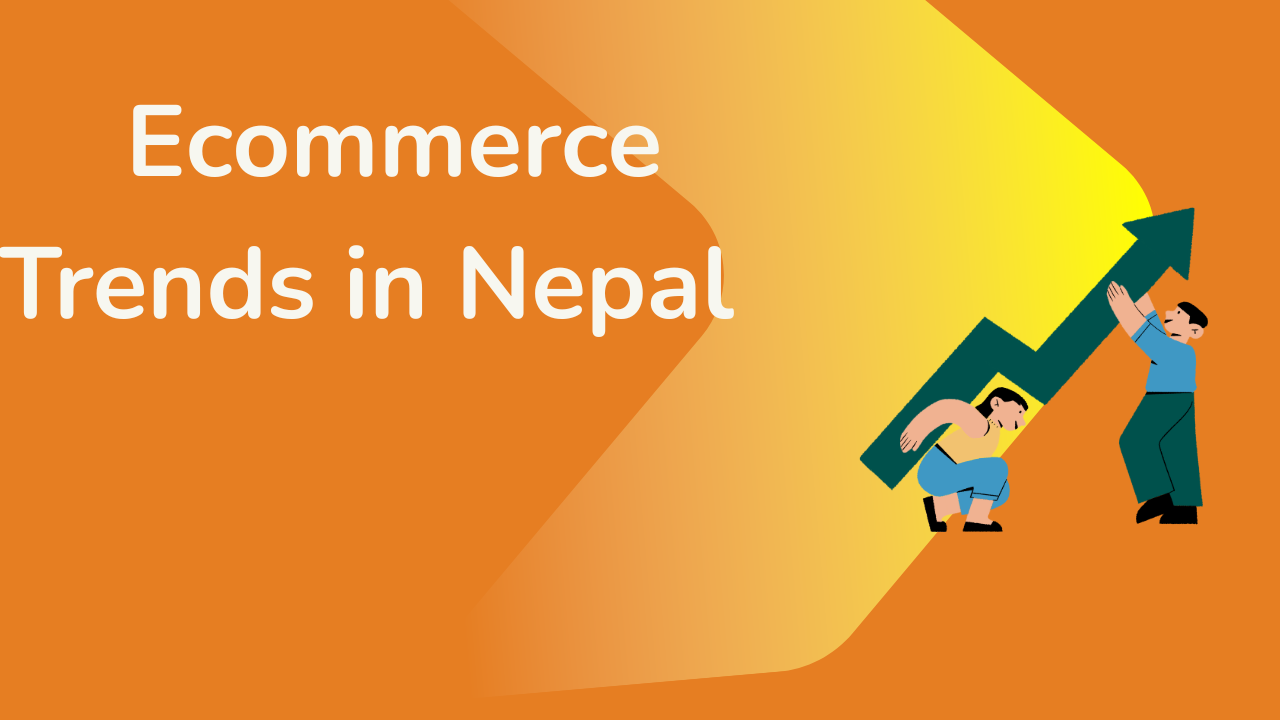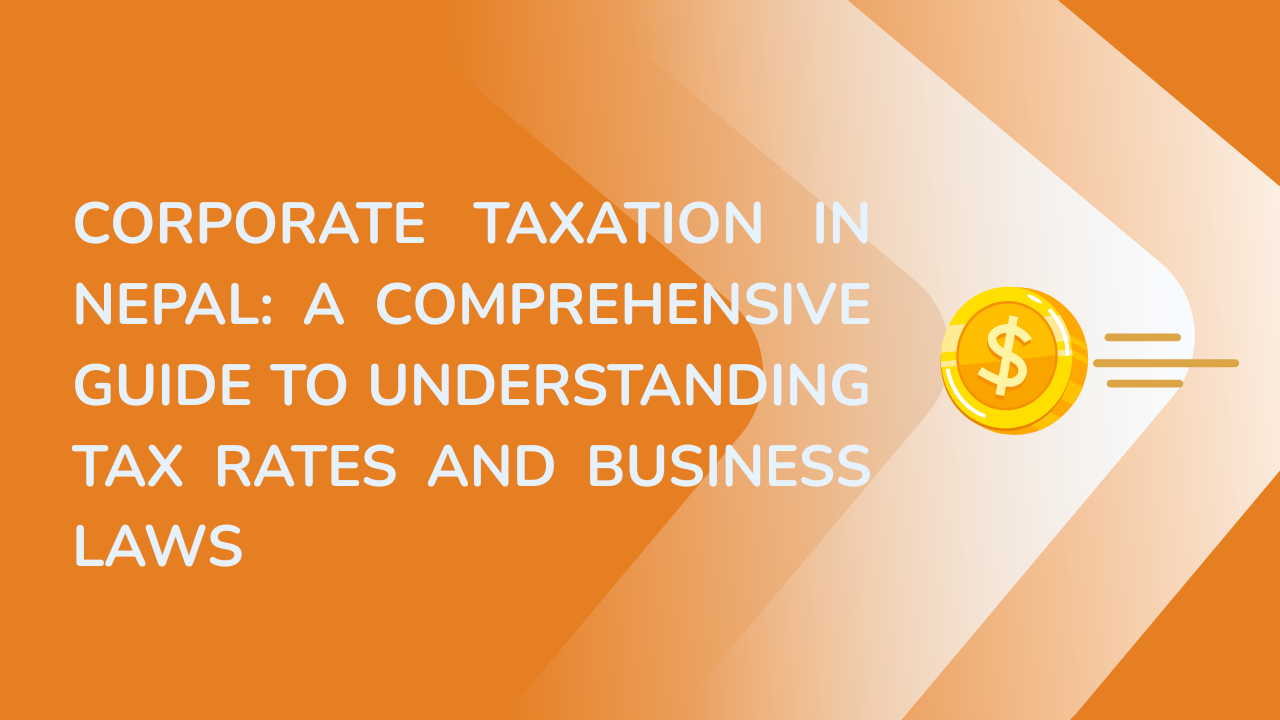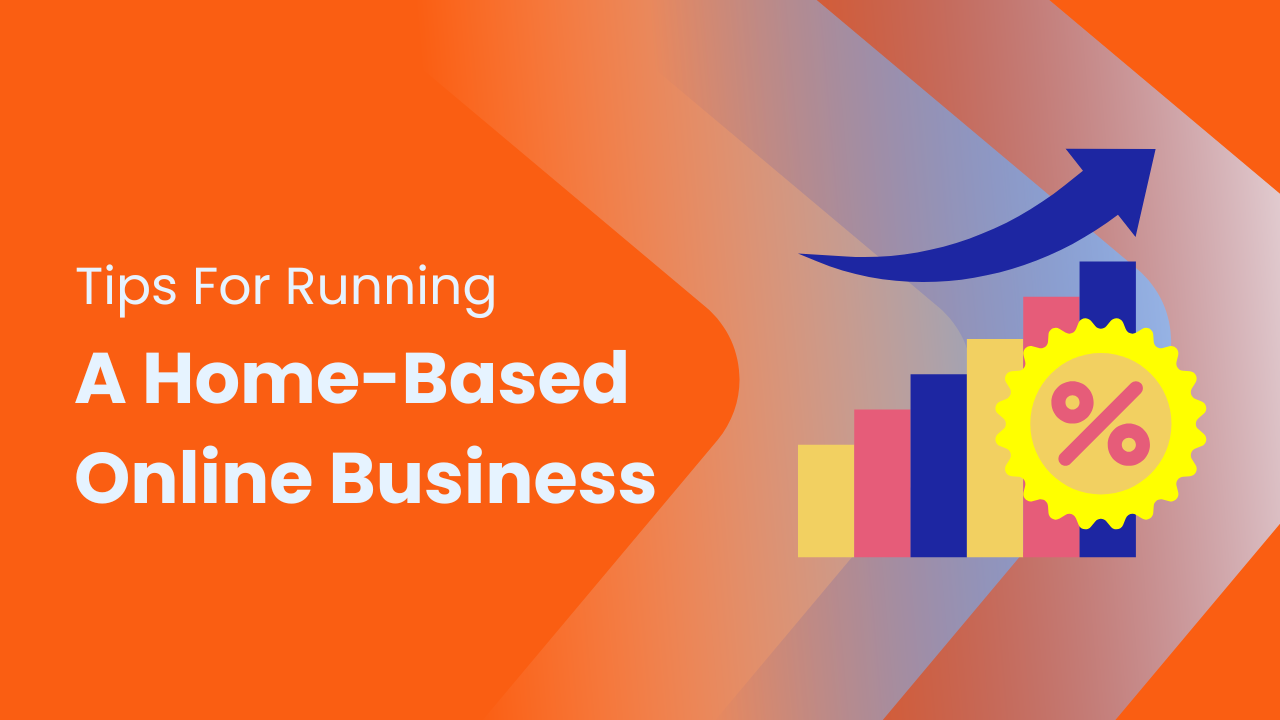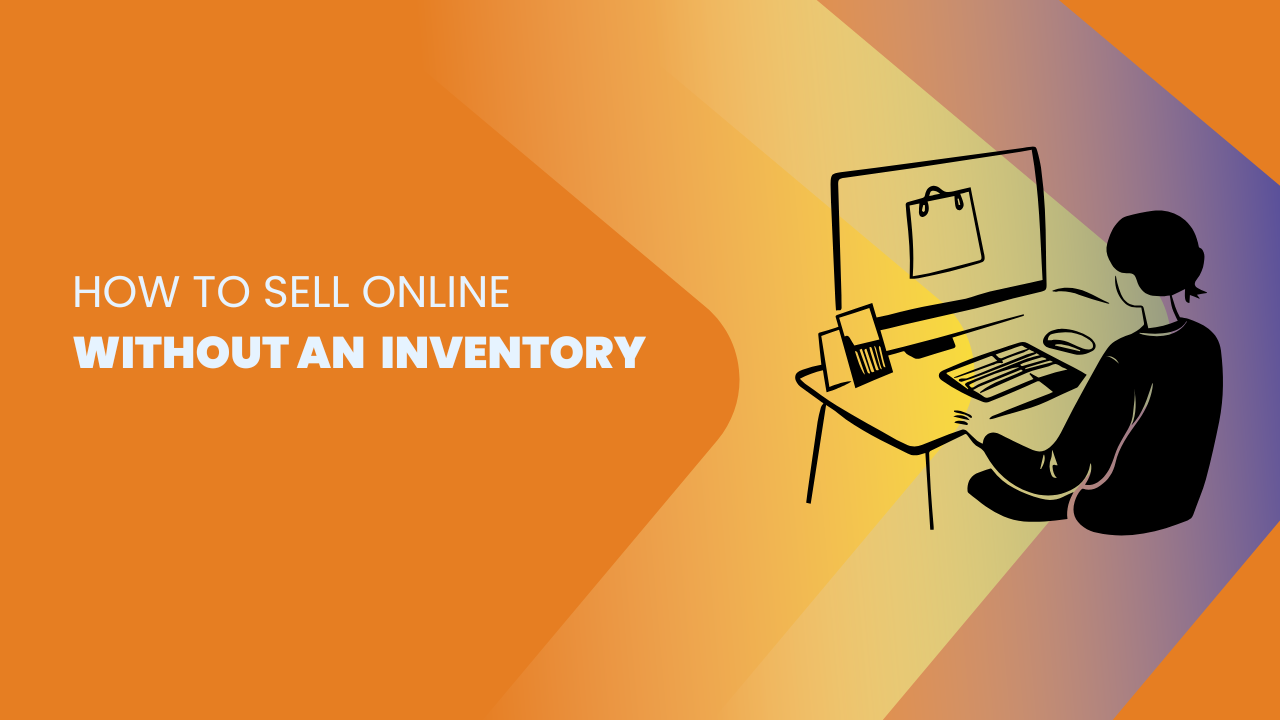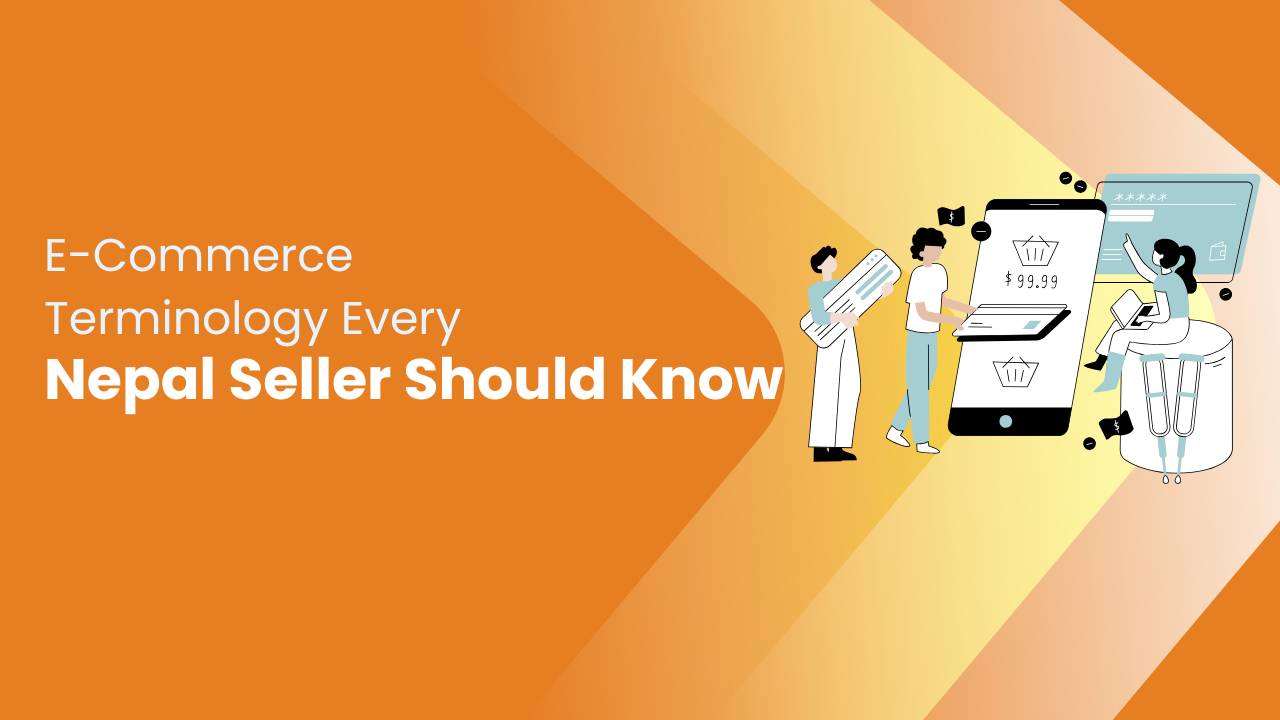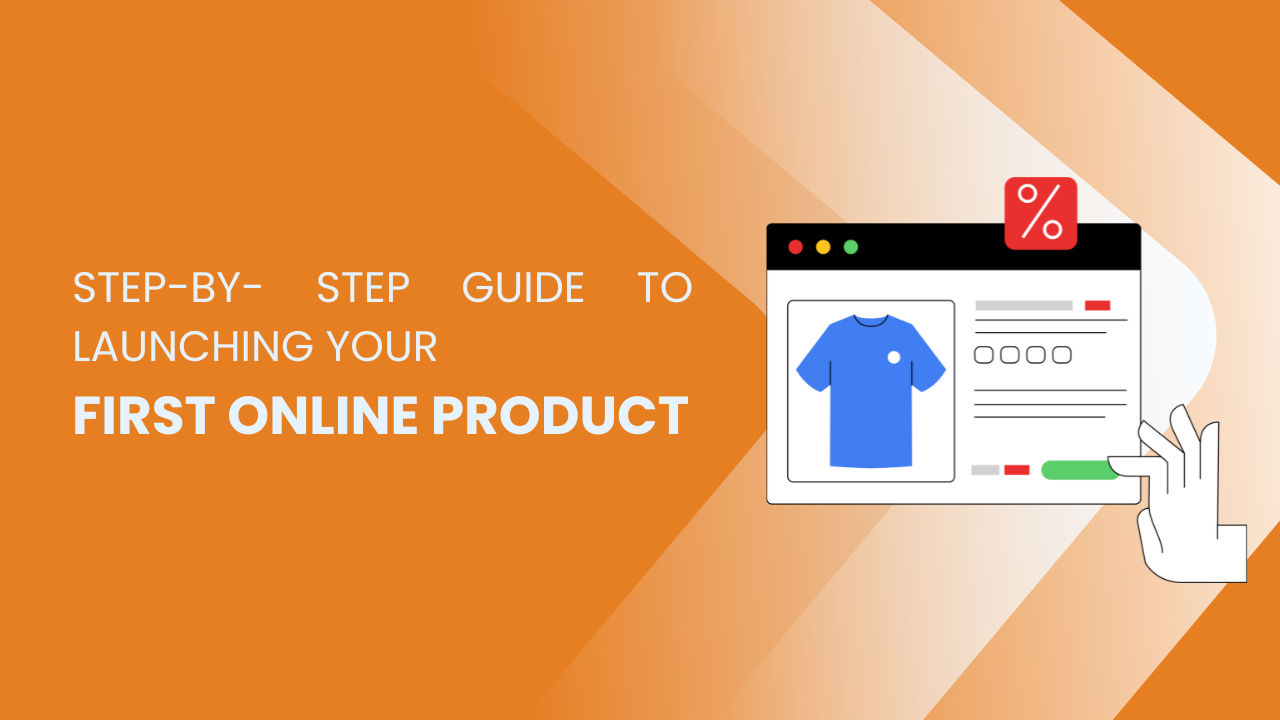Share this Article
Introduction
E-commerce has become one of the most powerful drivers of the global economy. It has changed how people buy, how businesses sell, and even how entire economies function. At its simplest level, e-commerce—short for electronic commerce—refers to buying and selling goods and services using the internet. But in practice, it is much more than just online shopping. It is about payments, trust, logistics, customer service, and digital innovation.
For Nepal, e-commerce is not just a modern convenience but also a growing industry that is shaping how people live, shop, and do business. The story of e-commerce in Nepal is about opportunities, challenges, and the journey of a developing economy catching up with global digital trends.
If you are a Nepali student curious about e-commerce, a consumer who shops online, or an aspiring entrepreneur thinking of starting an online business, this guide is for you. It explains the basics of e-commerce, why it matters in Nepal, how it is growing, the challenges it faces, and how you can get started.
Understanding E-commerce
E-commerce is the process of conducting commercial transactions through electronic means, typically the internet. Instead of walking into a store, customers browse websites or apps, place orders, pay digitally or with cash-on-delivery, and have the product delivered to their doorstep.
Globally, e-commerce can be divided into several types:
- Business-to-Consumer (B2C): Businesses selling directly to customers, such as Daraz in Nepal or Amazon globally.
- Business-to-Business (B2B): Transactions between businesses, like wholesalers selling raw materials to retailers through online platforms.
- Consumer-to-Consumer (C2C): People selling directly to each other through platforms such as HamroBazar.
- Consumer-to-Business (C2B): Individuals offering goods or services to companies, for example, freelancers or influencers being paid by businesses online.
In Nepal, the most common forms are B2C and C2C, but B2B and C2B are also gradually emerging, especially as more Nepali businesses digitize.
The Rise of E-commerce in Nepal
Ten years ago, online shopping was almost non-existent in Nepal. People relied heavily on physical markets, traditional shops, and word-of-mouth recommendations. Today, things look very different. Platforms like Daraz, SastoDeal, HamroBazar, Okdam, and Thulo have become household names in cities.
The rapid growth of internet access is one of the biggest reasons. Over 90% of Nepalis now have internet access, mostly via mobile phones. With cheap smartphones and widespread mobile data, almost every young Nepali has the tools to shop online.
Another factor is the growing middle class. With higher incomes and busier lifestyles, many people prefer the convenience of shopping from home. The COVID-19 pandemic also played a huge role in pushing people online. During lockdowns, e-commerce became the only way to buy essentials, which permanently changed shopping habits.
Market research shows that Nepal’s e-commerce industry has already crossed $1 billion in revenue and is growing by nearly 10% per year. That might seem small compared to global giants, but in a developing country like Nepal, it represents a major transformation.
Why People in Nepal are Choosing E-commerce
There are several reasons why e-commerce has become attractive for Nepali consumers:
- Convenience: Shopping online saves time. Instead of spending hours in traffic or walking across markets, customers can order from their phone.
- Variety: Physical shops are limited, but online stores can showcase thousands of products in one place.
- Price comparison: Consumers can easily compare prices and grab discounts during big sales.
- Festival deals: Platforms like Daraz have made Dashain, Tihar, and New Year shopping more exciting with online mega-sales.
- Home delivery: For many, the idea of products being delivered to their doorstep feels modern and efficient.
Young Nepalis in particular view online shopping as a smart, trendy, and time-saving lifestyle choice.
How to Start Your Own E-commerce Business in Nepal
For aspiring entrepreneurs, e-commerce is one of the most exciting opportunities in Nepal right now. Starting an online business does not require as much capital as opening a physical shop, but it does require planning.
Here is a simplified roadmap:
- Research your niche: Identify products people want to buy online. Fashion, electronics, and beauty items are especially popular.
- Register your business: Apply for PAN, VAT, or company registration as per your scale.
- Create your store: You can build a website using Shopify, WooCommerce, or even start with Facebook and Instagram shops.
- Set up payments: Integrate eSewa, Khalti, and IME Pay, but also keep cash-on-delivery as an option.
- Partner with logistics providers: Use Pathao, Upaya, or Aramex for deliveries.
- Market your products: Promote your store using TikTok, Instagram, Facebook ads, and influencer collaborations.
- Build trust: Offer transparent policies, good customer service, and quality products.
Many successful Nepali e-commerce startups began on social media and later expanded to full platforms.
The Importance of Digital Payments
Payments are the backbone of online shopping. In Nepal, digital wallets like eSewa and Khalti are leading the way. Customers can load money, pay bills, and shop directly from their wallets. Bank QR payments via FonePay are also popular.
But cash-on-delivery still dominates. Most Nepalis prefer to pay only after receiving the product, because it feels safer. For businesses, this slows down cash flow and increases delivery risks.
The future, however, is moving toward fully digital payments. As trust increases, COD will decline, and wallets and bank payments will dominate. The introduction of Buy Now, Pay Later (BNPL) is also making online shopping more flexible.
Case Studies: E-commerce Success in Nepal
- Daraz Nepal: The biggest player, offering a wide variety of goods with massive Dashain and 11.11 sales. Despite trust issues, it remains the go-to platform.
- HamroBazar: A pioneer in C2C online classifieds, helping ordinary Nepalis sell second-hand goods.
- Foodmandu: Focused on food delivery, it transformed how urban Nepalis order meals.
- SastoDeal: Known for competitive prices and partnerships with big brands.
- Thulo.com: Helps small businesses and SMEs get online.
Each of these platforms has taught important lessons about scaling, logistics, marketing, and customer trust.
The Future of E-commerce in Nepal
The next five years will see major changes:
- Same-day delivery will become standard in cities.
- AI and chatbots will provide customer support and recommendations.
- AR shopping will let people try clothes or furniture virtually.
- Sustainability will matter, with eco-friendly packaging and local products gaining demand.
- Rural expansion will open huge new markets as internet access spreads.
E-commerce is still in its early stages in Nepal. What is happening now is just the beginning of a much larger digital economy.
Glossary for Beginners
- E-commerce: Buying and selling online.
- COD (Cash on Delivery): Payment after receiving goods.
- B2C: Businesses selling to consumers.
- B2B: Businesses selling to businesses.
- C2C: Consumers selling to consumers.
- Payment Gateway: A system that processes online payments.
- Logistics: The delivery process of goods from sellers to buyers.
- Digital Wallet: An app like eSewa or Khalti for payments.
Conclusion
E-commerce in Nepal is not just about shopping—it is about building a digital economy. It creates opportunities for entrepreneurs, convenience for consumers, and new challenges for policymakers. For beginners, the most important thing is to understand how it works, why it is growing, and how to participate safely and smartly.
Nepal may still be developing, but the digital future is already here. E-commerce is no longer optional; it is becoming an essential part of everyday life. The question is not whether e-commerce will dominate in Nepal, but how quickly and how well the country adapts to it.
Categories:
E-commerce Tips & Tutorials
Tags:
e-commerce app
,
E-commerce


